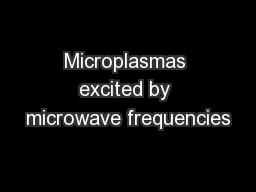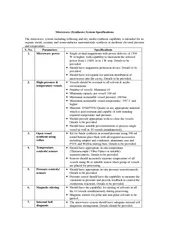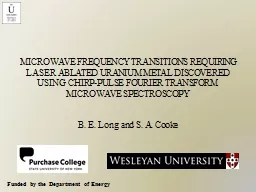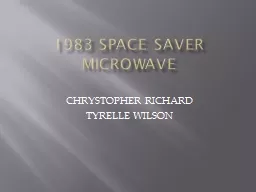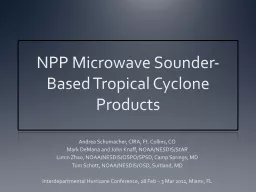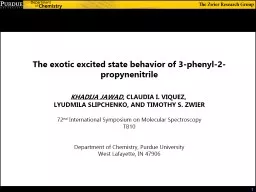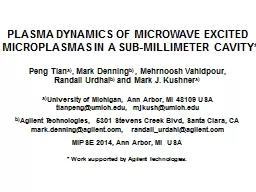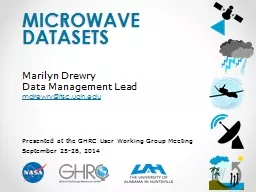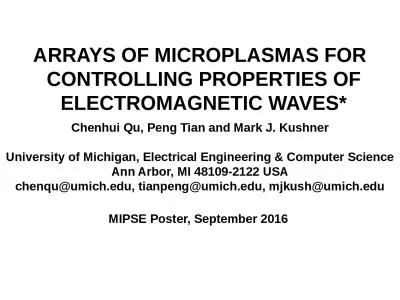PPT-Microplasmas excited by microwave frequencies
Author : sherrill-nordquist | Published Date : 2016-08-01
Jeffrey Hopwood Tufts University Department of Electrical and Computer Engineering Medford MA 02155 USA 1 Tufts University MIT Harvard Tufts Tufts University Acknowledgments
Presentation Embed Code
Download Presentation
Download Presentation The PPT/PDF document "Microplasmas excited by microwave freque..." is the property of its rightful owner. Permission is granted to download and print the materials on this website for personal, non-commercial use only, and to display it on your personal computer provided you do not modify the materials and that you retain all copyright notices contained in the materials. By downloading content from our website, you accept the terms of this agreement.
Microplasmas excited by microwave frequencies: Transcript
Download Rules Of Document
"Microplasmas excited by microwave frequencies"The content belongs to its owner. You may download and print it for personal use, without modification, and keep all copyright notices. By downloading, you agree to these terms.
Related Documents

